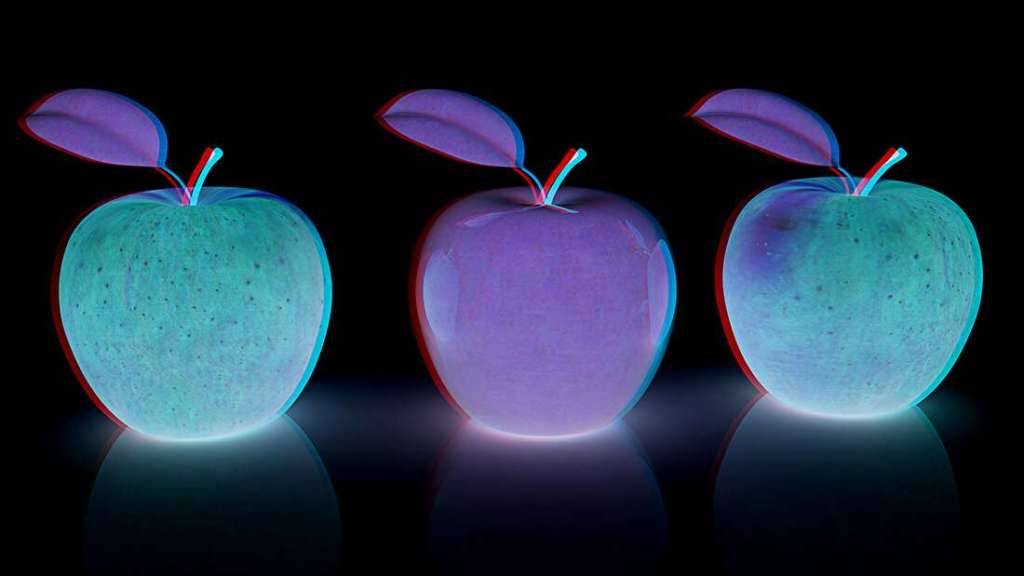
Hungarian radiochemist George de Hevesy will likely be the only person who has both won a Nobel Prize and melted two others in acid.
Born in 1885, he found himself working in a lab in Nazi-occupied Denmark during World War II when the unusual incident took place.
"My work was interrupted for only one day during the enemy occupation of Denmark," he wrote in typically understated language, as if the Nazis were mainly a bit of an annoyance.
"When, on the morning of Denmark's occupation, I arrived in the laboratory, I found Bohr worrying about Max von Laue's Nobel medal, which Laue had sent to Copenhagen for safe-keeping. In Hitler's empire it was almost a capital offence to send gold out of the country, and, Laue's name being engraved into the medal, the discovery of this by the invading forces would have had very serious consequences for him."
Hevesy suggested burying the medal, but his colleague worried that even then it might be found. He decided instead to dissolve it in acid.
"While the invading forces marched in the streets of Copenhagen, I was busy dissolving Laue's and also James Frank's medals. After the war, the gold was recovered and the Nobel Foundation generously presented Laue and Franck with new Nobel medals."
Hevesy would win his own Nobel Prize in 1944 for "his work on the use of isotopes as tracers in the study of chemical processes". As well as this, he did some interesting personal experiments. Rewind 33 years and Hevesy may have performed the first-ever tagging experiment in scientific history, using radioactive material.
In 1911, Hevesy was staying in Manchester at a boarding house, along with physicist Ernest Rutherford. He suspected that the landlady had been recycling food right off of their own plates, and serving it back to them days later within new meals. What she was calling fresh goulash and hash, he believed were last week's scraps.
At first, Hevesy gently confronted her on the topic, suggesting that it might be nice to have some fresh food for a change. She told him that all the food that she served was absolutely fresh. At this point, he escalated the issue somewhat but spiking his own food with radioactive material.
Hevesy took a piece of meat from his plate and added some radioactive material, before letting the landlady take the plate away. A few days later, he returned to the meal table, this time carrying an electroscope, as a scientist always does when they mean business.
Using the electroscope, he proved that the hash she had served up was radioactive. Unless she had her own nuclear secret going on in the kitchen, which is arguably worse, she was conclusively taking food from their plates and serving it back to them days later.
Unfortunately, Hevesy did not write up his study, and so cannot claim that he was the first to do a tagging experiment. But I'll bet his meat from then on was fresh.
Source: https://www.iflscience.com/

















